7 Truths about Hand Sanitzers
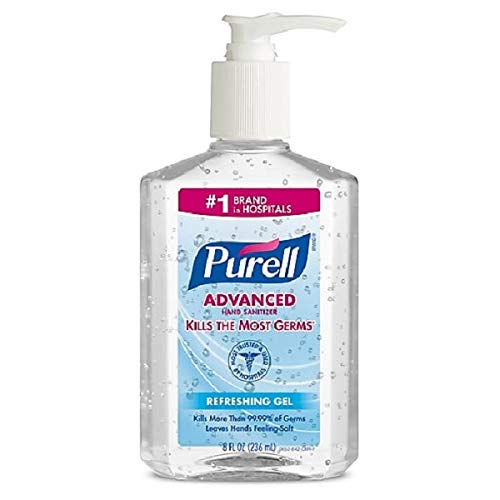
If you’ve visited a pharmacy or convenient store recently, you probably noticed the empty shelves where hand sanitizers normally sit.
With the coronavirus (COVID-19) outbreak, it’s not surprising that many people are taking extra steps to stay safe, including stocking up on sanitizing sprays, gels and soaps.
But are hand sanitizers the best defense against bacteria and viruses like coronavirus and influenza?
How useful are hand sanitizers?
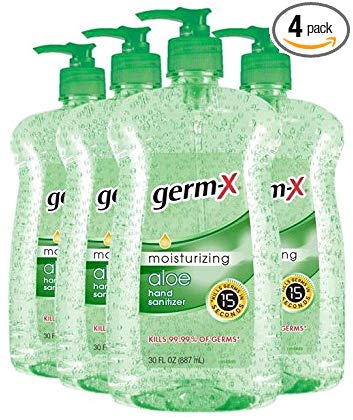
They’re useful in the hospital, to help prevent the transfer of viruses and bacteria from one patient to another by hospital personnel.
Outside of the hospital most people catch respiratory viruses from direct contact with people who already have them, and hand sanitizers won’t do anything in those circumstances.
Convenient cleaning
The portable hand sanitizers do have a role during peak respiratory virus season because they make it much easier to clean your hands.
It’s much more difficult when you sneeze to wash your hands than it is to use a hand sanitizer, especially when you are outdoors or in a car. The hand sanitizers are much more convenient, so they make it more likely that people will clean their hands, and that’s better than not cleaning at all.

Are all hand sanitizers created equal?
It’s important to make sure any hand sanitizer you do use contains at least 60 percent alcohol.
Studies have found that sanitizers with lower concentrations or non-alcohol-based hand sanitizers are not as effective at killing germs as those with 60 to 95 percent alcohol.
When to avoid hand sanitizers
You should always clean with soap and water if your hands are visibly dirty, or if you’ve touched chemicals.
When hands are heavily soiled or greasy — such as after playing outdoor sports or working at a construction site — the CDC cautions that hand sanitizers may not work well at all.
Benefits of soap and water

Whenever you can, just wash your hands — for at least 20 seconds — with non-bacterial soap and warm water.
Can I make my own?
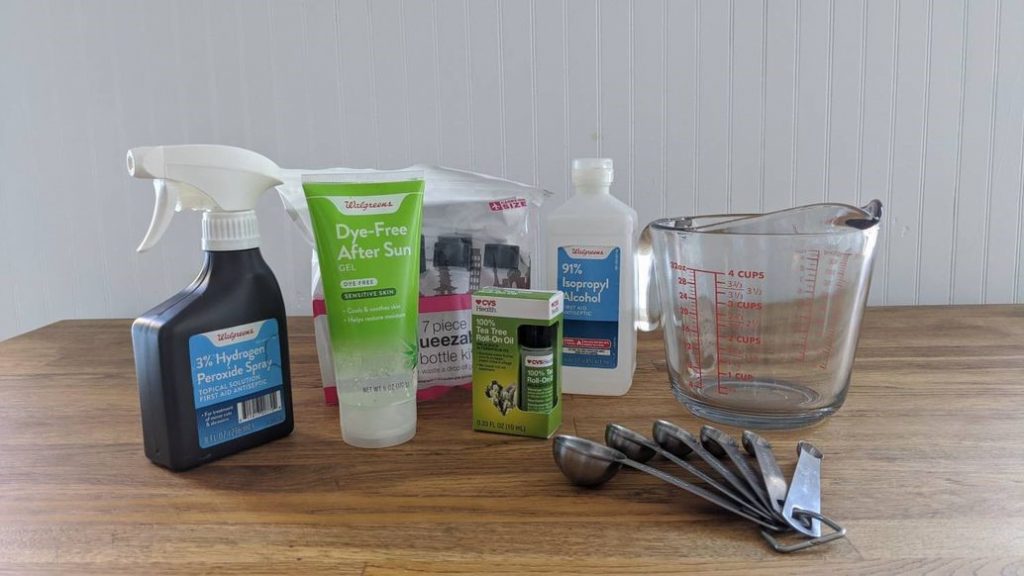
Instructions for gel sanitizer
Ingredients
- 1 cup of 91% isopropyl alcohol
- ½ cup of aloe vera gel (natural or store-bought)
- 15 drops of tea tree oil (or another antibacterial essential oil)
1. Pour the alcohol into a medium container with a pouring spout. Some recipes online use vodka instead of isopropyl alcohol, but most vodkas don’t contain high enough alcohol percentage.
Note: Using isopropyl alcohol diluted beyond 91% will result in a more weaker hand sanitizer that doesn’t meet the CDC’s 60% benchmark.
2. Measure and pour the aloe vera gel. Alcohol can be hard on your skin, so using aloe is a good way to counteract that effect and keep your hands smooth.
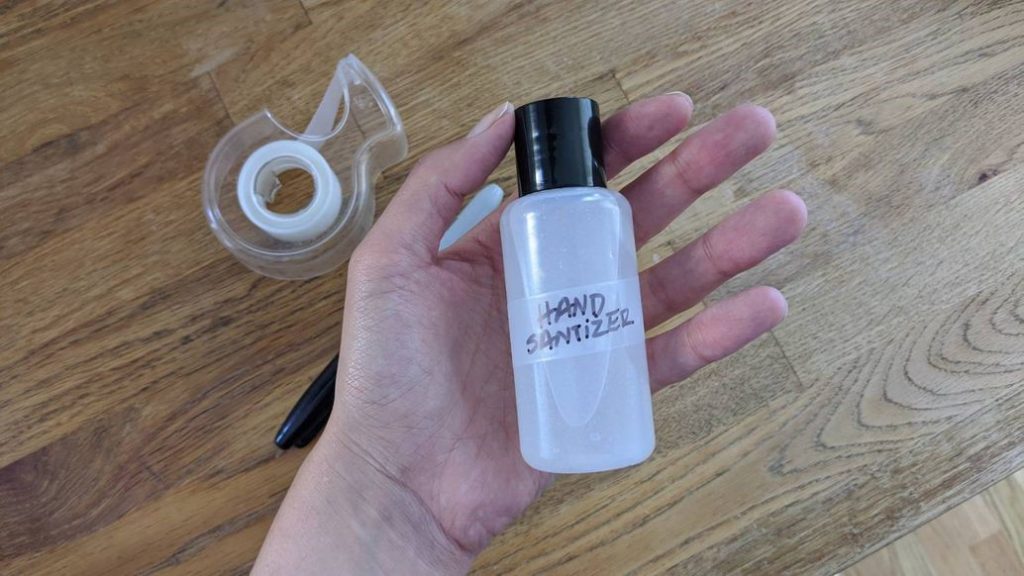
3. Add the essential oil. Tea tree oil is naturally antibacterial, so it makes sense to use it here. But if you’re not a fan of its smell, you can use another type of essential oil, like lavender, lemongrass or eucalyptus.
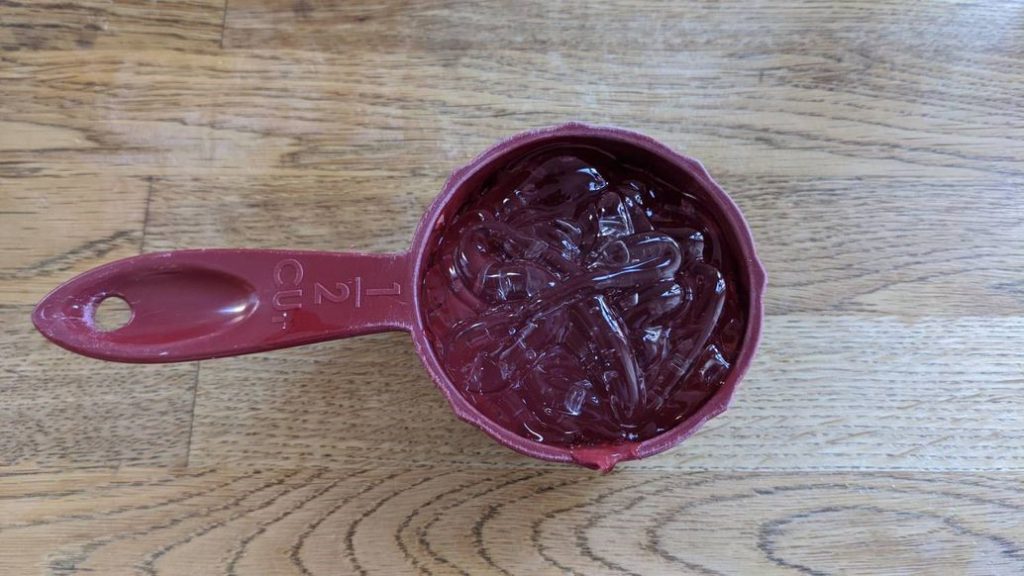
4. Whisk. To fully mix all ingredients, stirring won’t be enough. Get a whisk and beat that hand sanitizer into an homogeneous gel.
5. Sanitize your spray bottles and pour in your hand sanitizer. Spray some of your leftover alcohol into your bottles and let them sit until the alcohol has evaporated. Pour in your sanitizer.
6. Label your containers. You don’t want any accidents where you or anybody else ingests your newly made hand sanitizer. Take the time to label your bottles. Continue living.
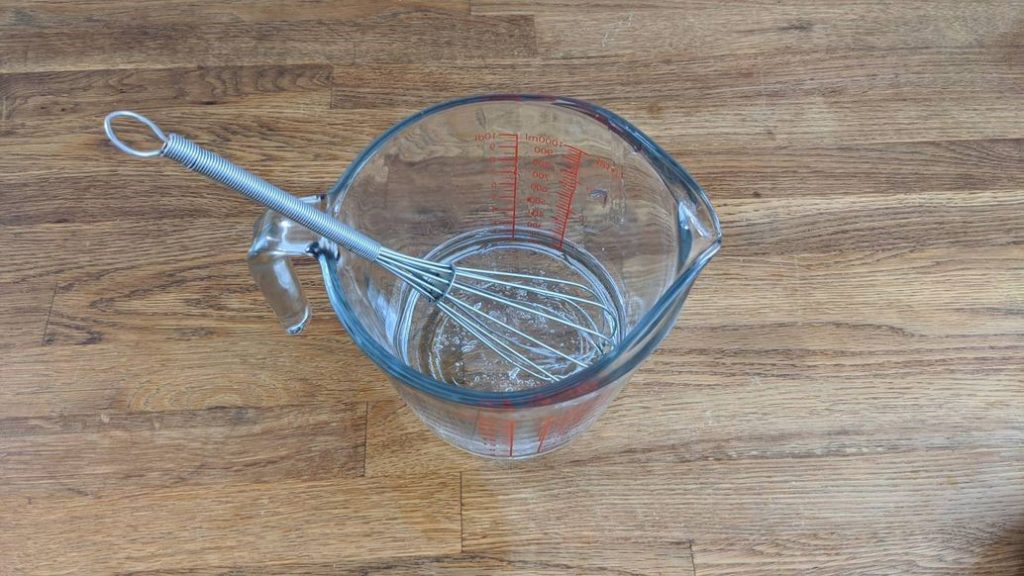
Seven Facts about Hand Sanitizer
- A common myth about hand sanitizers is they can cause antibiotic resistance. The truth is that antibiotics are ingested, and they operate completely differently than alcohol-based hand sanitizers.
- Alcohol-based hand sanitizers reduce the transient organisms, or the illness causing germs, on your hands. They also reduce the resident organisms, or what many refer to as “good germs.”
- Alcohol-based and non-alcohol-based hand sanitizers are not the same. The truth is that the formulation matters. The active ingredient is important but the total formulation affects the antimicrobial efficacy.
- Many believe the frequent use of hand sanitizers will dry out your hands or your skin. PURELL® Advanced Hand Sanitizer has been developed to be used repeatedly without damaging the skin.
- The “kills 99.9% of germs” statistic you see on lots of hand sanitizer bottles is a bit misleading, but research shows that it does successfully kill a lot of germs and microbes that could make you sick.
- The higher the alcohol content in your sanitizer, the more microbes it can kill. However, high-alcohol content sanitizers can also dry out your hands.
- Newer research shows that hand sanitizer isn’t effective at killing C.diff, which is a bacterial infection in the colon that can make a person very sick.
Singh Snapshot!
The important thing is to keep everything clean on a regular basis.
The CDC stresses that washing with soap and water is the most effective method for eliminating microbes from your hands. This isn’t to say that you shouldn’t use hand sanitizers, but simply that when you have the opportunity to wash your hands instead of reaching for the sanitizer dispenser, you should go with soap and water.



Leave a Reply